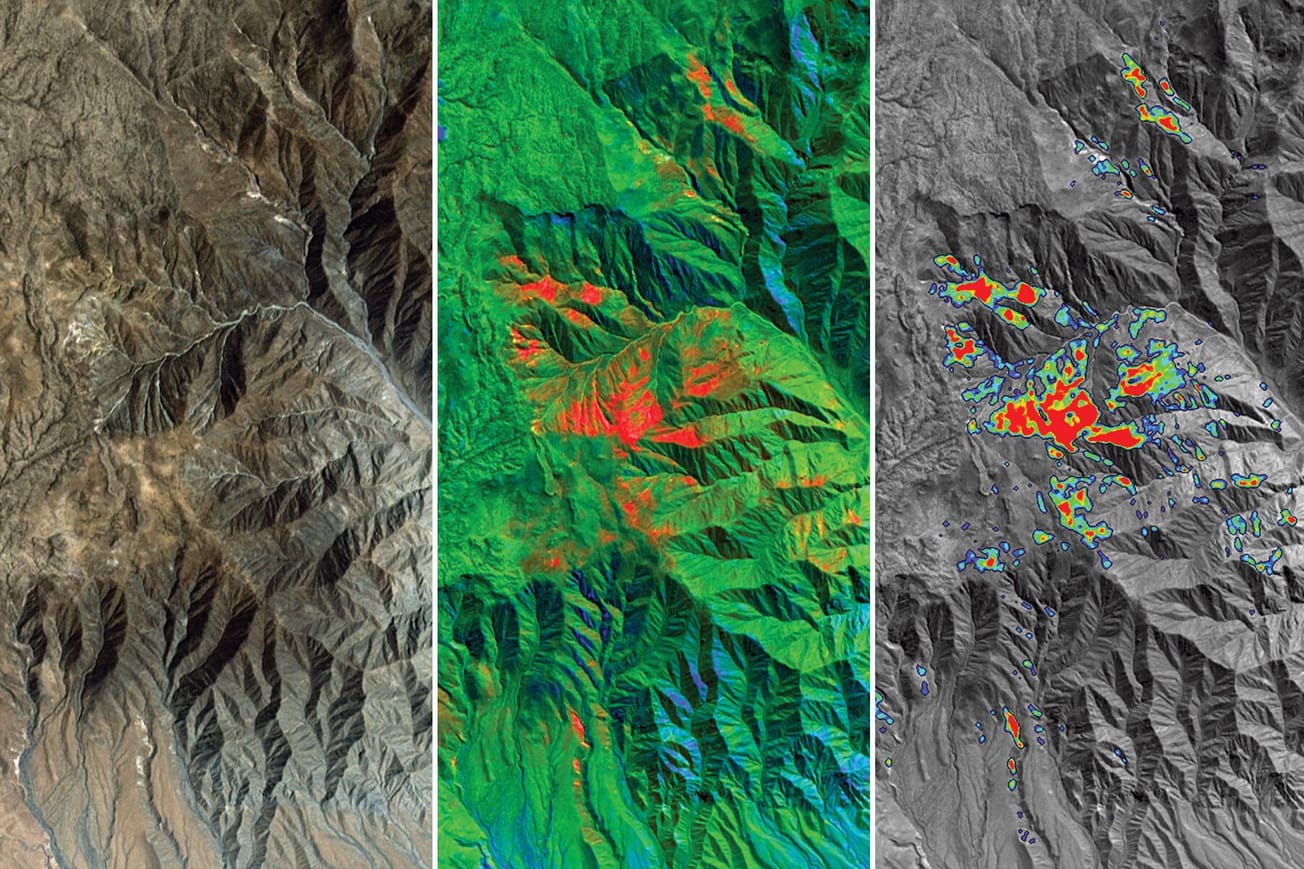Artificial Intelligence is transforming the global landscape of resource exploration and extraction with unprecedented speed and accuracy. Its capabilities, such as seismic data interpretation, remote sensing analysis, and predictive targeting, are revolutionizing how we discover oil, gas, minerals, and rare earth elements. Major corporations like Shell, Chevron, and KoBold Metals are utilizing AI's ability to dramatically reduce exploration timelines and costs, significantly boosting the discovery of commercially viable deposits.
Unfortunately, this impressive capability carries with it a dangerous undercurrent. While AI holds the potential to make resource extraction more precise and less wasteful, its primary deployment today is clearly centered on accelerating resource extraction efforts. In a world already stretched beyond ecological limits—where humanity added 57 billion tons of greenhouse gases last year and 12 million hectares of habitat loss—the intensification of resource extraction driven by AI is a sobering and perilous prospect.
Consider the case of Shell's partnership with Spark Cognition, leveraging generative AI to reduce seismic analysis from months to mere days. On the surface, this looks like technological progress, but in practice, it means more aggressive exploration into previously untouched ecological zones, such as deep-sea environments, further threatening delicate marine ecosystems. Similarly, Chevron’s integration of deep learning in fault detection through Eliis’s PaleoScan software streamlines the process of identifying hydrocarbon reservoirs. While this reduces exploration costs and boosts success rates, it also amplifies the speed and scale at which extraction occurs, overwhelming ecosystems with rapid development.
These powerful AI-driven exploration tools are set to accelerate the continuous discovery and extraction of fossil fuels, locking in a steady and abundant supply that maintains artificially low oil prices. Though superficially attractive for economic reasons in the short run, these low prices dangerously stimulate global consumption, deepening society’s dependence on fossil fuels and stalling essential shifts toward renewable energy. Driven by AI's unprecedented efficiency, this future of cheap oil critically undermines global initiatives aimed at cutting greenhouse gas emissions and confronting climate change. Without deliberate action, AI-enhanced fossil fuel exploration risks propelling us down a perilous path of irreversible environmental destruction.
In mining, AI's role is equally profound. Companies like ALS GoldSpot Discoveries have harnessed AI to process geological datasets at speeds ten times faster than traditional methods, rapidly highlighting promising mineral deposits. Although efficient, this heightened extraction pace can exacerbate environmental degradation, leading to increased deforestation, habitat fragmentation, and toxic contamination of land and water resources.
Another example is KoBold Metals’ landmark copper discovery in Zambia, driven by their AI platform. By accurately identifying previously overlooked high-grade deposits, AI-powered exploration is opening up significant new frontiers for mining. However, these discoveries, while economically promising, inevitably prompt increased mining activities, frequently in regions lacking adequate infrastructure and regulatory frameworks to handle the resulting environmental and social impacts. The accelerated development risks overwhelming local ecosystems, displacing wildlife, and disrupting community livelihoods.
Similarly, Australian startup Earth AI successfully used predictive models to discover a large palladium and nickel system in New South Wales, a region previously not recognized for such resources. While remarkable from an economic standpoint, this AI-driven breakthroughs is accelerating extractive operations in an ecologically sensitive area, intensifying pressures on biodiversity and natural habitats.
AI’s role in critical national security minerals exploration is particularly significant, as exemplified by DARPA’s collaboration with HyperSpectral, applying AI algorithms to satellite and drone data. This technology rapidly identifies subtle spectral signatures of rare earth elements and lithium. Although it is strategically valuable for securing essential resources needed for clean energy technologies, it also leads to more aggressive extraction practices without sufficient environmental oversight, exacerbating ecological harm and geopolitical conflicts in resource-rich yet environmentally sensitive regions.
The US Geological Survey’s (USGS) CriticalMAAS program further illustrates this concern. By leveraging AI to analyze extensive geological data more rapidly, the program significantly accelerates the identification and exploitation of critical minerals within the United States. While strategically valuable, this rush for critical minerals risks overlooking comprehensive environmental assessments and sustainable management.
Furthermore, startups like VerAI Discoveries are utilizing AI-driven geophysical analyses to uncover new rare earth and gallium deposits in places like Montana. Similarly, Fleet Space Technologies, an Adelaide-based company, has developed the ExoSphere technology, which combines low Earth orbit nanosatellites with ground-based sensor arrays and AI to image geological features up to depths of approximately 2.5 kilometers. This technology has been used to create 3D subsurface maps for mineral exploration projects, such as Rio Tinto's Rincon brine lithium deposit in Argentina.
This relentless pursuit raises a critical question: does AI merely make existing practices more efficient, or does it fundamentally amplify ecological harm by accelerating extraction at unprecedented scales? Humanity appears determined to utilize every available technological tool, including AI, to intensify resource consumption, relentlessly extracting resources from the Earth to meet ever-growing consumer demands. Given the current trajectory, the answer seems clear. We are prioritizing resource exploitation over ecological sustainability, risking irreversible damage and pushing already vulnerable ecosystems beyond their tipping points.












